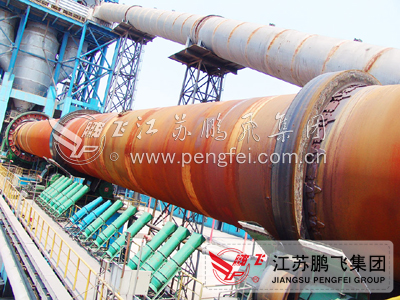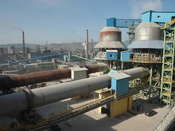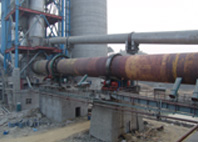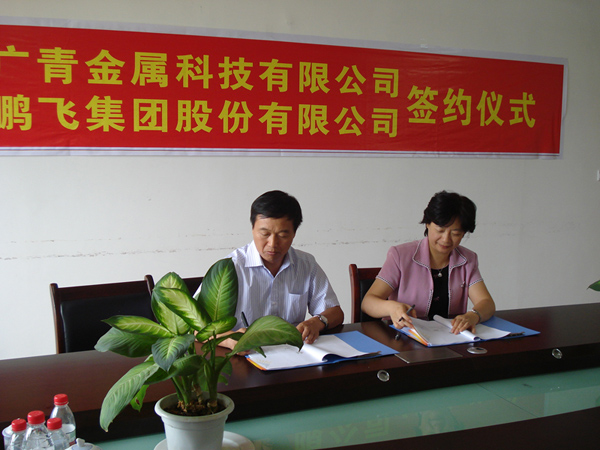The cylinder of the rotary kiln is made of rolled steel plates, lined with refractory lining and inclined at a specified angle to the horizontal. It is supported by three pulleys on each support device. A large gear ring is fixed on the inner cylinder near the feeding end pulley with a tangential spring plate, and a small gear wheel meshes with it. During normal operation, the main drive motor transmits power to the open gear device through the main reducer, driving the rotary kiln.
Structure
The cylinder of the rotary kiln is made of rolled steel plates, lined with refractory lining and inclined at a specified angle to the horizontal. It is supported by three pulleys on each support device. A large gear ring is fixed on the inner cylinder near the feeding end pulley with a tangential spring plate, and a small gear wheel meshes with it. During normal operation, the main drive motor transmits power to the open gear device through the main reducer, driving the rotary kiln.
Working principle
The material enters the kiln for calcination from the kiln tail (the high end of the cylinder). Due to the inclination and slow rotation of the cylinder, the material rolls in the circumferential direction and moves in the axial direction (from the high end to the low end), continuing the process of decomposition and firing. After physical and chemical changes, the resulting clinker is cooled by the grate cooler through the kiln hood.
The fuel is sprayed into the kiln from the kiln head, and the waste gas generated by combustion exchanges heat with the material before being discharged from the kiln tail.
Composition
1. Cylinder and kiln lining
2. Wheel belt
3. Supporting device
4. Transmission device
5. Kiln hood
6. Burner
7. Smoke room
8. Heat exchange device
9. Feeding equipment
Daily inspection
1. Inspection of transmission device
2. Inspection of Wheel Belts and Supporting Devices
3. Inspection of kiln shell
4. Inspection of sealing device
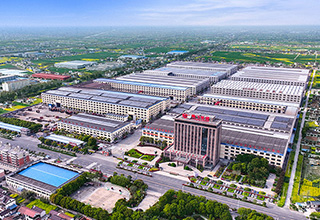
 Real time updates on cutting-edge information, presenting Pengfei and industry trends in a timely, comprehensive, and intuitive manner.
Real time updates on cutting-edge information, presenting Pengfei and industry trends in a timely, comprehensive, and intuitive manner.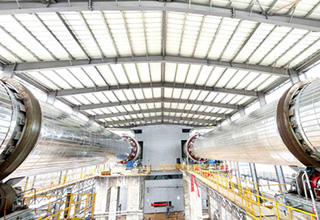
 We firmly believe that talent is the foundation of enterprise development. We adhere to the talent concept of "people-oriented, co creation and win-win", respect the personality and creativity of each employee, and are committed to providing employees with broad development space and a fair competitive platform.
We firmly believe that talent is the foundation of enterprise development. We adhere to the talent concept of "people-oriented, co creation and win-win", respect the personality and creativity of each employee, and are committed to providing employees with broad development space and a fair competitive platform.
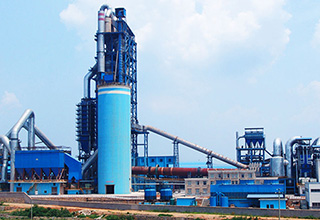

 中文
中文 English
English
